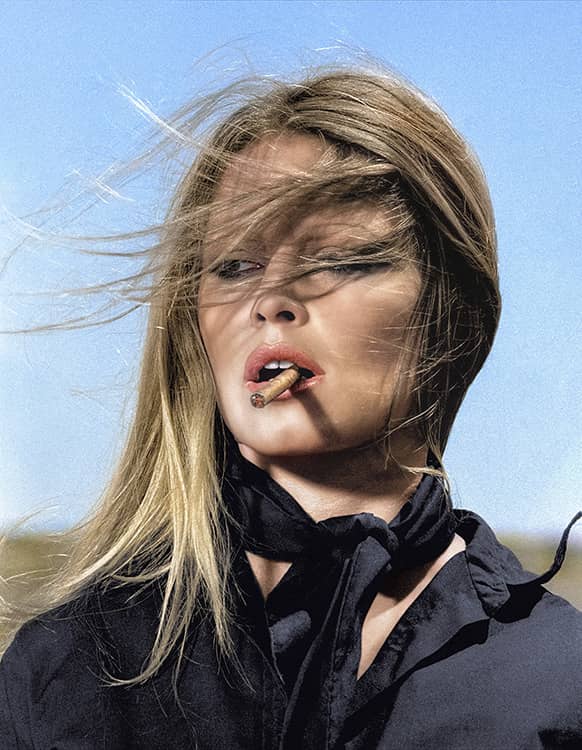From understanding key glossary terms to maintaining a photograph’s condition, we outline the five things every collector should know before they start acquiring photography.
Over the past decade, there has been an increased interest in collecting fine art photography. Both the medium’s affordable price point and its recent inclusion within the fine art category has driven demand for the genre. In light of this and in anticipation of fine art photographer David Yarrow’s latest exhibition, Changing Lanes, we outline five essential tips every collector of photography should know.
DAVID YARROW, THE WOLVES OF WALL STREET II, 2019
Understand the terminology.
Before you begin collecting fine art photography, there are key glossary terms that are essential to know when understanding the genre. Be it terminology for a certain style, medium or process, it is important to understand what you are acquiring.
Firstly, when a photograph is taken it can either be digital or analogue. The former method allows you to instantly capture and review your image, meaning that you can adjust certain variables such as exposure and lighting whereas the latter is created by using light sensitive film that cannot be reviewed until the whole roll of film is complete. These two methods have different optimal printing processes, with analogue film often being printed as gelatin silver prints or platinum prints. Digital photographs are often printed as a C-type, giclée or archival pigment print so by understanding the type of photograph you are purchasing, you can get a greater insight into the process of its production.
TERRY O’NEILL, BRIGITTE BARDOT (COLOURISED), 1971
Recognise the importance of an edition number.
A photograph, by nature, is a mechanical reproduction. From one photograph, many images can be printed and although this can be an incredibly useful thing when it comes to photography as documentation, for fine art, scarcity is what retains a works value. As a result, nearly all fine art photographs will come as part of an edition. This means that only a certain amount of copies of the work will ever exist. The smaller the edition number the rarer a photograph. Fine art photographers like O’Neill and Yarrow will also often create the same artwork in different editions but changing certain elements like the dimensions of the work or even the colours.

TERRY O’NEILL, SEAN CONNERY, 1971
Invest in your framing
When purchasing a fine art photograph, the framing of the work is incredibly important. Not only can the correct framing protect your photograph and its value, but it can also enhance your ability to enjoy it. UV protective glass limits sun damage which helps the work retain its value and proper framing can also ensure that the work is not physically damaged or scratched when enjoying it in your home. In addition to this, the choice of anti-reflective glass allows you to properly enjoy the image while it remains protected, meaning that no matter what time of day it is, you can appreciate your artwork.
 ANDY GOTTS, ELTON JOHN CONTACT SHEET, 2014
ANDY GOTTS, ELTON JOHN CONTACT SHEET, 2014
Be conscious of where you hang it, to maintain the work’s condition
Like most mediums, photography presents its own unique needs when it comes to maintaining its condition. The photo-sensitive nature of the medium means that it is especially important to keep the work out of direct sunlight. The medium also does not respond well to heat or steam, with humid environments causing thermal tensions, moisture reductions and even in some cases causing chemical reactions within the pigment of the work. With this in mind, we would recommend hanging your photographs in climate-controlled environments, staying away from bathrooms or kitchen areas in order to keep your fine art photographs in perfect condition.
ANDY GOTTS, HARRISON FORD, 2014
Collect work from both established and emerging fine art photographers
When collecting a specific medium, it is important to support both established and emerging artists. Not only will that ensure a range of different styles within your collection, but also by supporting emerging artists you help to reinvigorate the medium with new talent, making it desirable to other collectors. To find emerging talent, scour social media platforms like Instagram and go and visit as many exhibitions and graduate shows as you can. This will allow you to refine your tastes and explore new talent, while also appreciating the development of the medium over time.



















